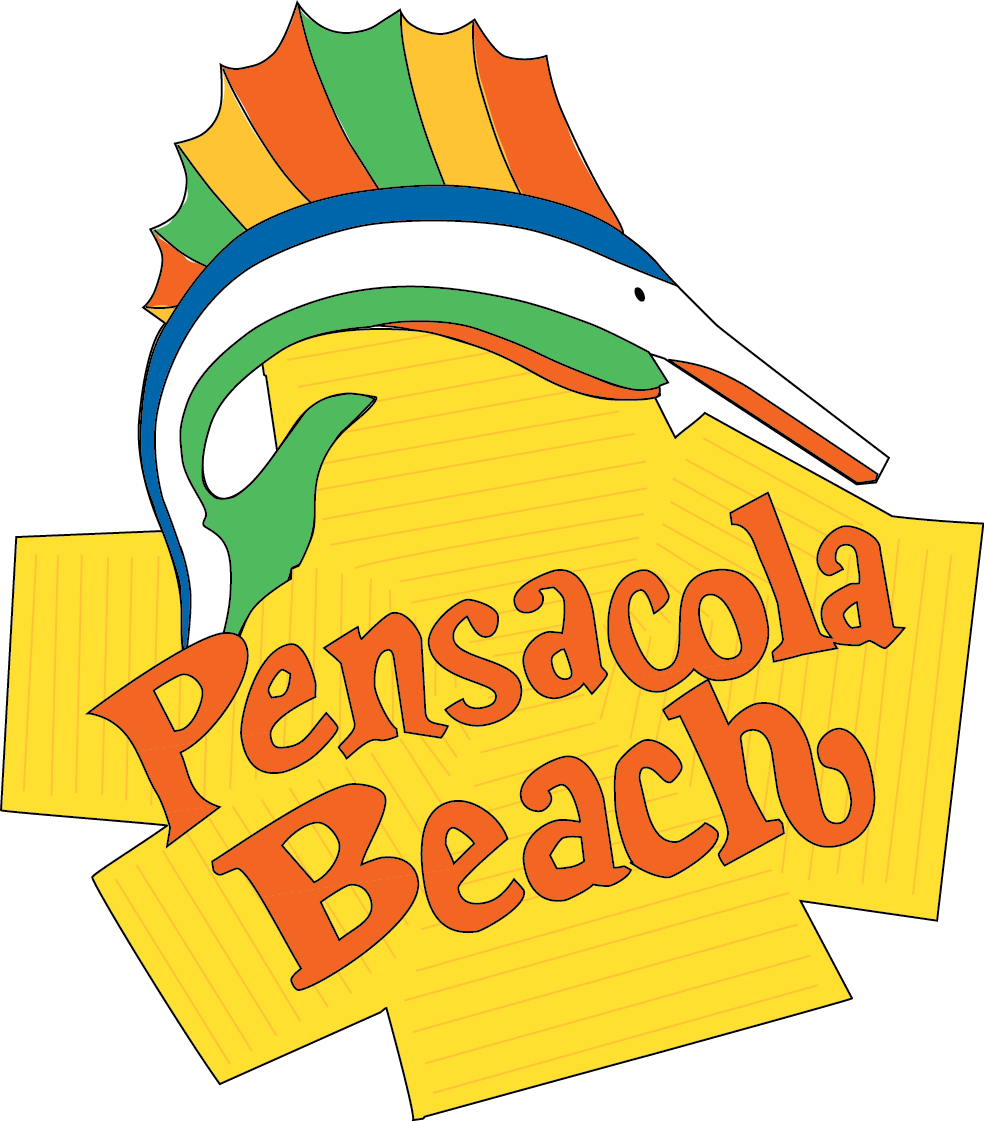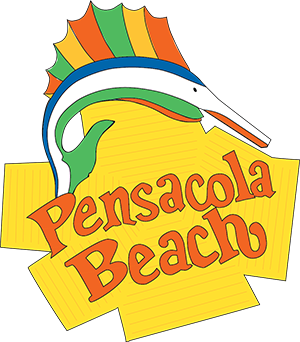Springtime on Pensacola Beach Means Shorebirds Are Nesting, Too
By Katie King
It’s springtime again, and that means fun in the sun! As the weather warms and the waters clear, visitors are flocking to Pensacola Beach to soak up the sunshine and make the most of our little slice of paradise.
But people aren’t the only ones heading back to the beach. Migratory shorebirds are returning too — and many have traveled thousands of miles to get here.
Each spring and summer, Pensacola Beach becomes a critical nesting ground for several species of ground-nesting, migratory shorebirds, including least terns, snowy plovers, Wilson’s plovers, and black skimmers. Least terns migrate from as far as Central and South America to raise their young right here on our sands.
The most common nesting shorebirds on Pensacola Beach are snowy plovers and least terns. Their tiny, sand-colored eggs and chicks — about the size of a cotton ball — are so well camouflaged they’re nearly invisible to the untrained eye.
To help protect these vulnerable birds within the Gulf Islands National Seashore, park staff rope off known nesting areas to keep people and birds safely separated. Still, these birds often nest in open areas, sometimes just outside the ropes, where they’re more difficult to spot.
Least terns, which tend to nest in colonies, are especially protective of their young. If you ever find yourself being dive-bombed or loudly scolded by a flock of birds, chances are you’ve accidentally wandered too close to a nesting site. Please backtrack carefully and watch your step — you may be closer to a nest than you think.
Unfortunately, shorebirds face many threats beyond human activity. Predators like snakes, raccoons, coyotes, and even other birds are a constant danger. In fact, research shows that only about one in every three eggs makes it to the fledgling stage.
The good news? With a little care and awareness, we can all help protect these amazing birds and their future on our beaches.
Beach bird safety tips
Here’s how you can help shorebirds nest and raise their young safely this spring and summer:
- Drive slowly during nesting season (March–August). Adult birds and chicks may cross or wander near roadways.
- Never chase or flush shorebirds. Forcing birds to fly burns critical energy and can leave eggs and chicks vulnerable to predators or overheating.
- Respect signs and roped-off nesting areas. Stick to designated walkways and avoid disturbing nesting zones.
- Keep dogs on a leash and within designated dog beach areas. Unleashed pets can disturb or harm nesting birds.
- Avoid flying kites, throwing balls, or lighting fireworks near nesting areas. These activities frighten and disorient birds, especially when objects crash unpredictably.
- Give birds their space. If birds are screaming or swooping at you, you’re too close. Back away slowly, retracing your steps and watching carefully where you walk.
- Leave only footprints. Clean up all trash — even if it’s not yours — and never feed wildlife. Litter attracts predators that can harm bird eggs and chicks.
By following these simple guidelines, we can help ensure that both people and shorebirds can enjoy Pensacola Beach together — now and for generations to come.
Want to learn more about the incredible wildlife and ecosystems that call Pensacola Beach home?
Visit the Pensacola Beach Eco Trail website to explore the diverse species, habitats, and conservation efforts happening right here on our shore — or better yet, take a walk along the trail yourself and discover the wonders of the beach’s natural world up close.










